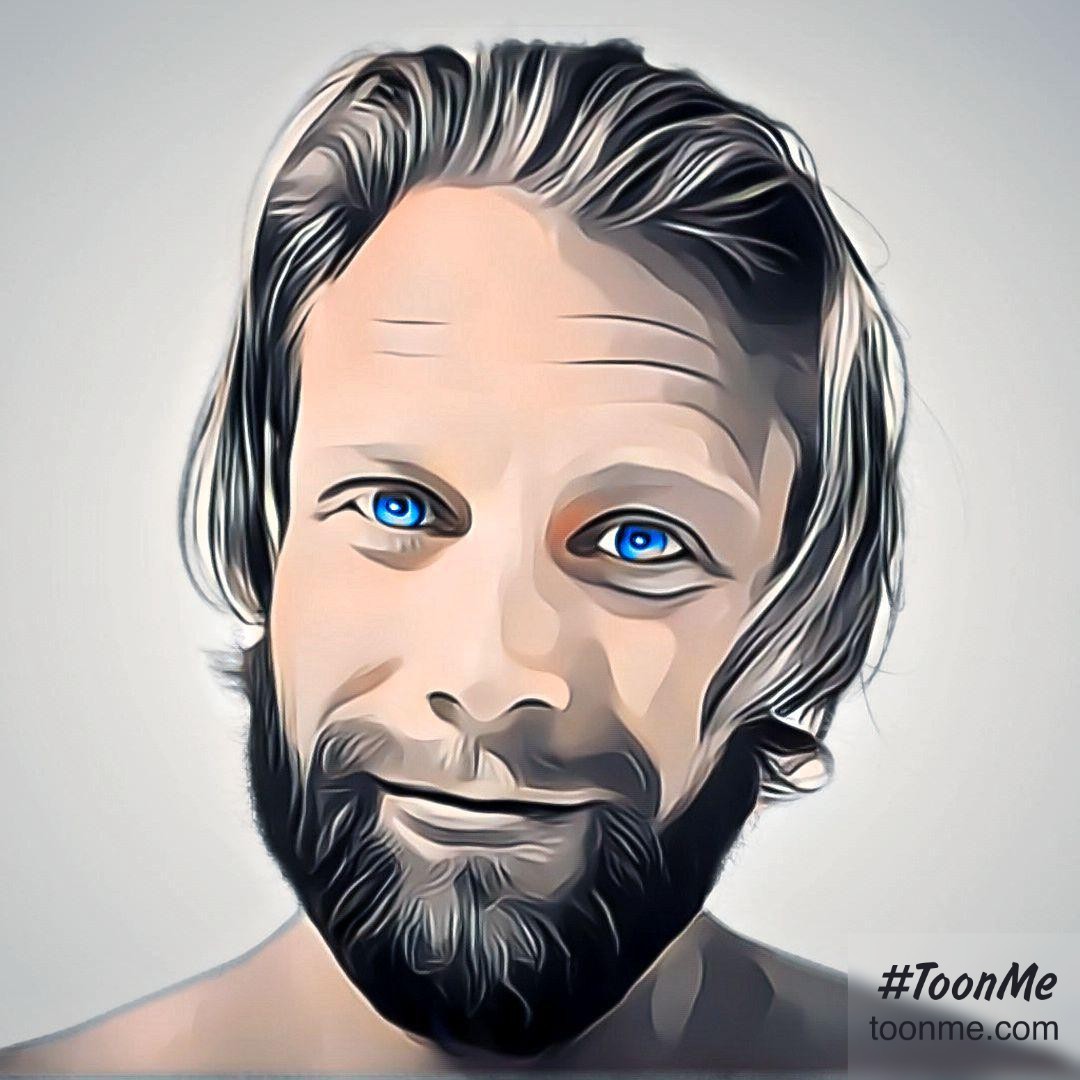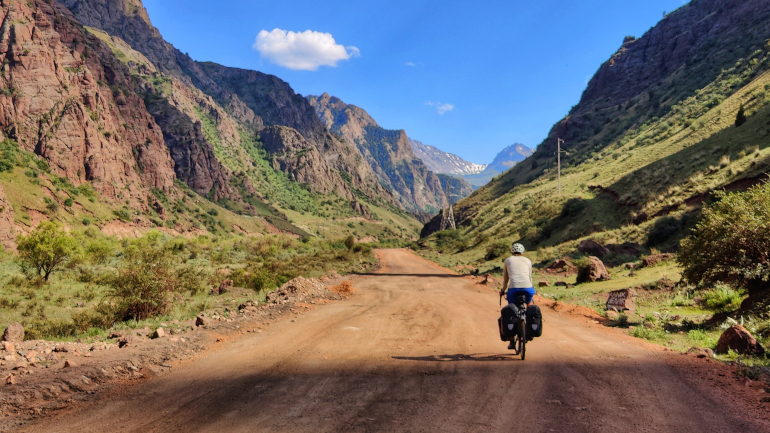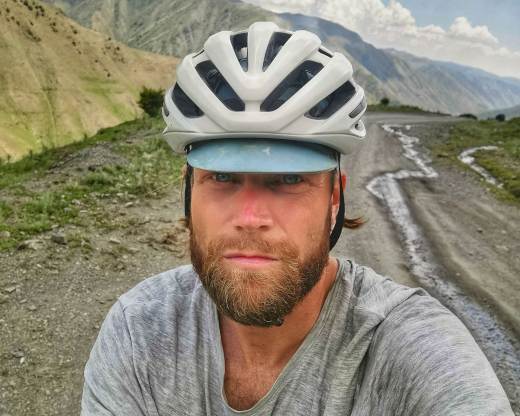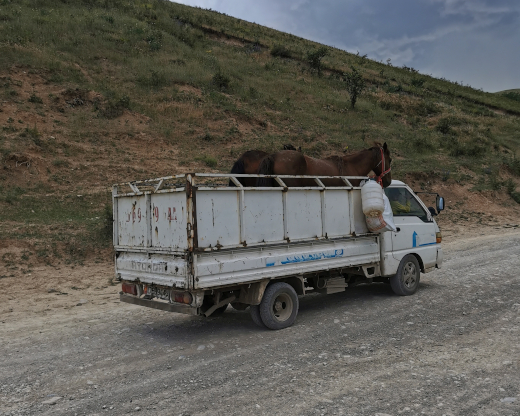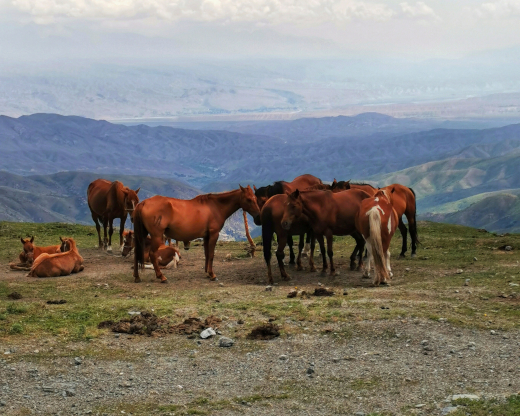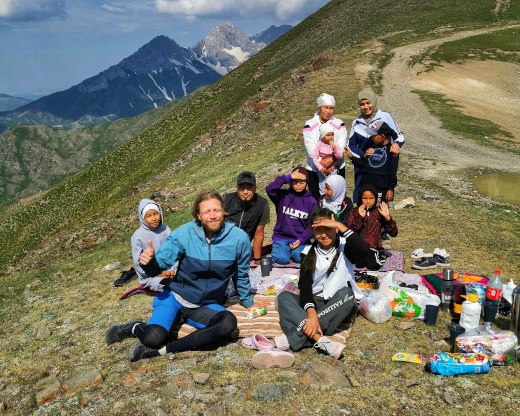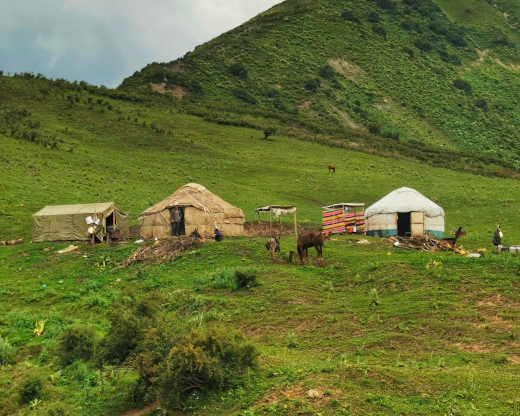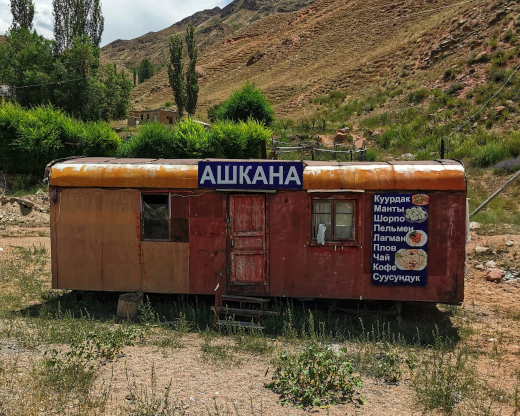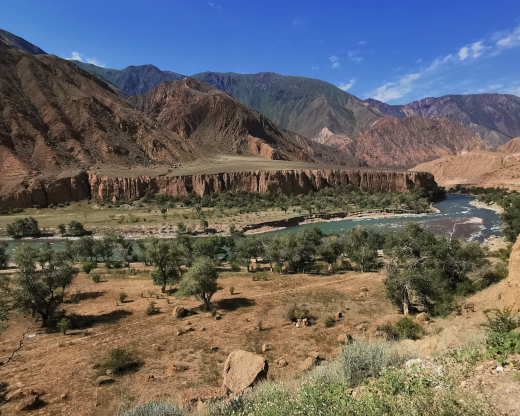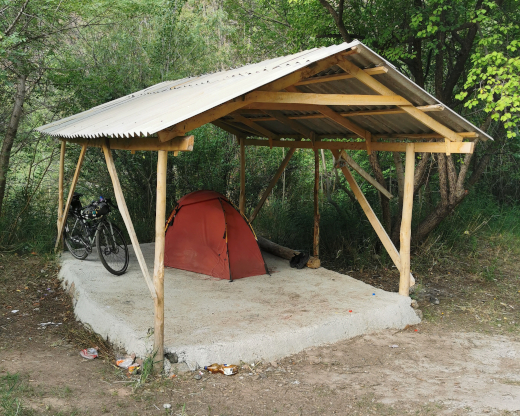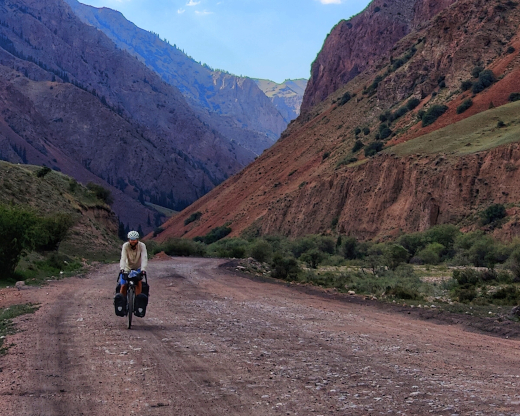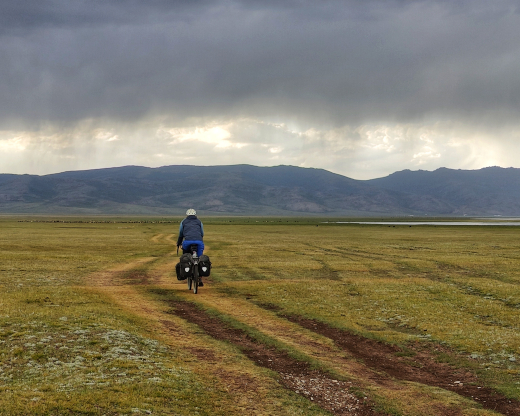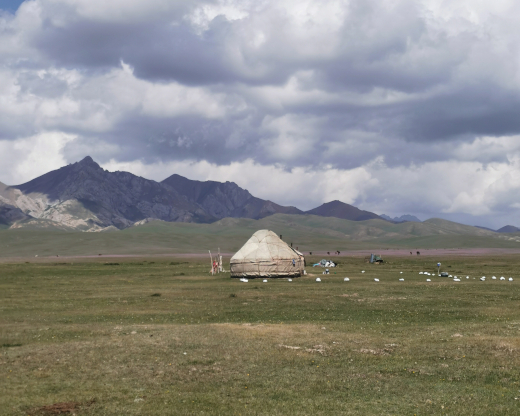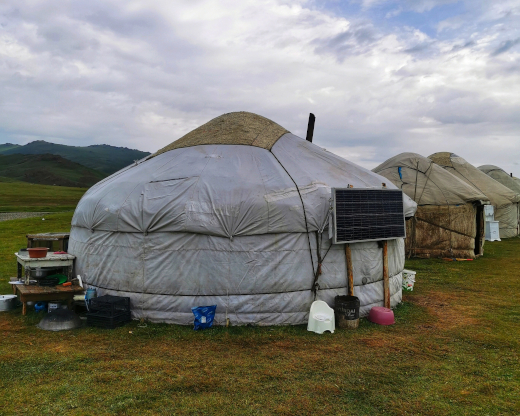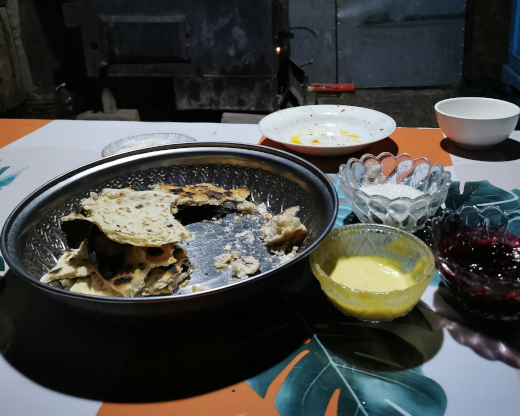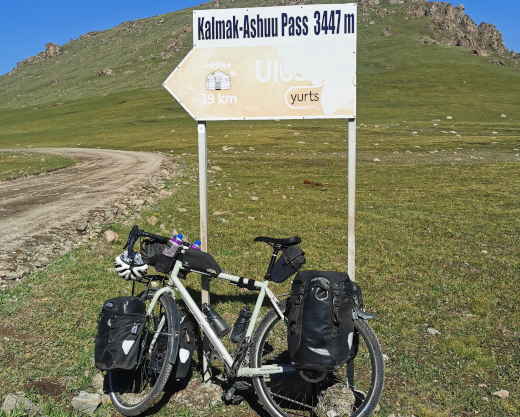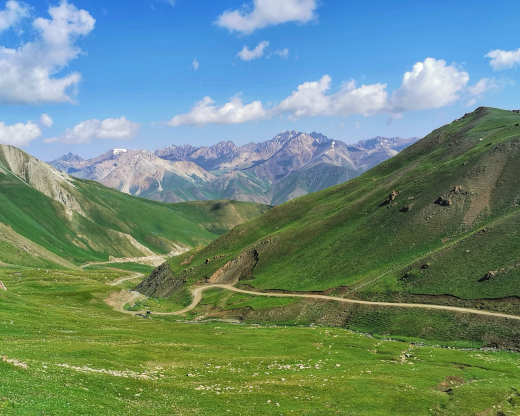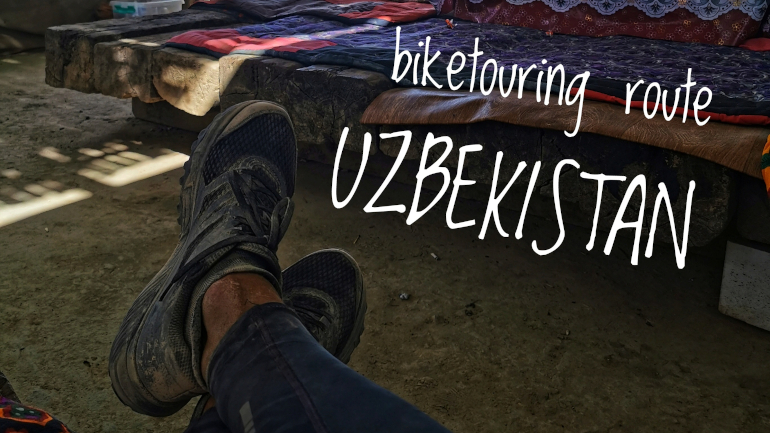Contents [hide]
Intro
The land of mountains and lakes and the unique looking Kalpak hat. The place where you can get fermented horse milk and sleep in yurts. You can do loopy-loops and circles for weeks and months and still have many gravel roads to cycle in stunning mountain sceneries. It’s a challenge with many mountains to climb and you will get to test your mountain legs. Also, you will probably need a new pair of wrists after hundreds of kilometers on bumpy gravel. But let me tell you something. It’s all worth it a million times over. I only scratched the surface of what Kyrgyzstan has to offer and I am amazed. Read on and let me share my touring experiences with you.
Recap of week 107 to 111
I entered the border city of Osh and set myself up for some resting days while doing route planning and necessary practical stuff like SIM card and cash withdrawals. I was getting ready for my first mountains in a long time - up and over the Kaldama Pass to Kazarman.
The first days with big mountains in Kyrgyzstan made sure I got my proper climbing legs in motion. Hard at first but then easier. I made a short notice route change when I learned about a new road to Chayek following the Naryn river which was a real treat both road and scenery wise.
After Chayek I had several options to reach Son-Kul Lake. I chose the mountain pass with the large open pit coal mine. After a couple of days the Son-Kul magic materialized before my eyes with its grassy plains, yurts and horse milk.
I ventured down to Kochkor over a mountain pass where I had to wait out a roaring and violent thunderstorm. I made it over and down to Kochkor for some nice relaxing days.
It was a nice and long downhill section from Kochkor where I could cruise for half a day towards Bishkek, I followed the backroads as much as I could into the capital but this was the least enjoyable part of my touring in the country
In Bishkek it was time to get some practical logistics in order for my onward journey to the east. Without visas to Russia and China I was stuck. After long days of research I had reached the conclusion that I had to travel back home to Denmark to apply for visas at the embassies.in Copenhagen.
Osh and my first mountain climb to the Kaldama Pass
It had been some long months without proper mountains. In fact, the last real mountains had been in Oman at the beginning of the year when I made an attempt on crossing those insane steep gravel roads. That was a long time ago. Now, it was time for another round of unpredictable mountain weather, high altitude thin air and a lot of pushing up muddy and stony gravel roads. Yeah, I was actually looking forward to it for real. To earn those magnificent mountain views and have my pick at epic scenic camping spots.
But first some recovery days in Osh. It’s located just at the border to Uzbekistan and is a bustling city with an ethnically mixed population Kyrgyz, Uzbeks and other nationalities. It’s the second largest city in Kyrgyzstan and many name it as the capital of the south. There are some very old traces of settlement going thousands of years back some of which you can see at the cave museum of Sulayman-Too or at least some replica stuff. Either way, it was worth a visit let alone for the view of the city. Besides this I found not much else to do in the city than visiting the bazaar and walking the streets at night taking in all the energy. Compared to the towns and cities of Uzbekistan this was like a never sleeping city on a New York level. Nah, perhaps not quite, but you get what I mean. It was nice to feel some city energy again after so many weeks in the empty steppes and desert of Kazakhstan and Uzbekistan.
I used my days to get my local SIM card up and running, doing grocery shopping and connecting with other travelers at the hostel. A lot of good route recommendations were shared and I got a pretty good idea of what to do. First up was the mountain pass to Kazarman.
I cycled a full day to Jalal-Abad without seeing any bigger mountains. It was all too easy I said to myself. Where are all those large climbs and crazy gravel roads? The question didn’t remain unanswered for long. On my first day out of Jalal-Abad I started a slow climb. In the horizon a green monster was rising up from the sea of farmed plateaus. It stood there as a giant amongst dwarves. The Kaldama Pass at 2979 meters above sea level.
You get a half day of asphalt road out of the city and then it's done with the road charity. Gravel challenge up ahead. It was quite mellow at first. The gravel was compact and smooth without too many bigger rocks. Along the road I waved to locals who kept their livestock up here in the lush hills with an abundance of grass for their cows, sheeps and horses. I was so happy to see that they actually live in traditional yurts during their summer stay in the mountains. Several times I was passed by trucks with a horse peeking its head curiously over the side to see what crazy Danish guy was stomping pedals on a metal frame supported by two wheels. I waved with passion as they honked at me with thumbs up out of their car window. I would later meet some of these people up the road and they offered me a strong homebrew which they said was very necessary for good stomach health. Well, I was never the guy to say no to good health so I did a few shots to the cheering and laughter of the locals. That night I slept really well to the sound of a rushing valley river shielded by walls of hills.
Next day I continued my journey and soon saw the giant wall of a mountain ahead of me. I craned my neck backwards almost getting a whiplash looking up at the switchbacks trailing their way up and over the mountain. That’s going to take me all day, I remember saying to myself. I made a good figure the first couple of hours or so cycling up. The gradients were not that bad but my mountain legs were not properly attached yet. Halfway up, I started pushing. This was slow-slow traveling and it gave me so many opportunities to stop and look back at the valley I just climbed up from. The sun was shining and casting its rays onto the valley floor which bounced it back onto hillsides in all sorts of different shades of green and ricocheting off white snow covered mountain peaks. Breathtaking in more than one way. When I had almost reached the top I saluted myself for an effort well done and decided to pitch my tent at a vantage point overlooking the valley below. It was an epic camping spot. Thunder was rolling in over the mountains behind the pass as I was tucking myself in my warm sleeping bag inside my tent. Few things in life beats having a snug and robust shelter when nature decides to show its raw powers. This was also a stark reminder that mountain weather can change from sunny blue skies to stormy thunder clouds in a heartbeat.
I woke up to a chorus of bleeping sheeps. Somehow I had managed to pitch my tent close to a spot where the sheepherders gathered their sheeps to cut their wool and they were going at it that morning. Well, it’s all part of the local flavor. Looking over the mountain sides I could see big black docks gliding across what seemed impossible steepness. A lot of sheep have the time of their lives up here - at least I would if I got to roam freely up here all summer long and get free haircuts. Nah, I don’t think the sheeps liked the haircut that much. They sure were complaining making such a noise that I decided to skip breakfast and reach the top of the pass. I must have good breakfast karma because at the pass I was greeted by a Kyrgyz family having a grand picnic and they invited me for tea and sandwiches. Lovely hospitality.
My way down to Kazarman was a controlled descent. You really can’t go that fast on these gravel roads. Some places you don’t really want to go off the road. And your wrists take a beating when they act as shock absorbers for several hours. Regardless, I still had a lot of fun. There were many more yurts on the way down and many colorful beehive farms producing honey. Young kids would come running to say hello and to take a closer look at my bicycle being very polite and modest. Well behaved kids. They posed for a photo and we exchanged high fives. What a way to enter Kazarman.
Going for the unmarked but pristine asphalt road to Chayek
From Kazarman I was supposed to head east towards a northbound road over the Moldo-Ashuu Pass to Son-Kul Lake. But rumors about a pristine new road were floating around in chat forums. The road was not even on Google Maps and therefore technically not existing. Ok, I know not all roads are on Google Maps but coming from Europe I’m so used to everything being accurately represented that it felt weirdly like I was venturing into the unknown.
This newly built road followed the Naryn river along a narrow valley with twisting turns going up and down like a rollercoaster. All the hills had a low gradient not above 8% and I used the momentum from the dowhill to get almost up to the top of the next uphill. It was great fun. And the very colorful mountain rocks made it all so more enjoyable. Water springs with clear cold delicious water would regularly appear and camping spots along the river were in abundance. Even though I could have reached the next town of Chayek in one day, I found a hidden spot in between some trees close to the river. The weather was baking hot and I went for a refreshing dip in the river where I could find a patch where the currents were not too strong.
Just before reaching the main road to Chayek, I could look back at some reddish mountain rocks framing the green belt of trees along the river. What a color combination. Mother Nature did that one particularly well.
I cruised into Chayek and found myself a room. Son-Kul Lake was getting closer and this would be the place to stock up on food for the next several days. But that was also the only reason to stay overnight in this town. As was the case with many Kyrgyz towns I was not very impressed. Towns and villages were mostly just a short main street with a mini-market and some eateries that closed way too early (as in before eight in the evening). Dusty and sleepy. Not many options to sit and enjoy a coffee on a sidewalk café. No main square or park to hang out in. At least that was my experience except for Osh and Bishkek. So I just spent the hours in my room. Boring but also a needed time to recharge my mountain legs.
WIth panniers full of food and water for two days, I began the journey up to one of Kyrgyzstan’s most famous lakes, Son-Kul. There were so many gravel roads leading up to the lake. Since the lake is located on a plateau surrounded by water there is no other way to reach it by going over a mountain pass. I picked the closest one to Chayek with the lowest gradient which is the Kara-Keche Pass at 3384m. It was a pretty cool gravel road going straight for half a day before entering a canyon like valley. From there I passed a large open-pit coal mine which looked amazing apart from the fact that they scarred the earth with their digging and blasting. But seeing all the yellow trucks zigzagging up the different levels and terraces somehow reminded me of a finely tuned ant colony brought out into the open.
Leaving the sight of the coal mine behind me I reached the top of another pass and ahead of me I could vaguely glimpse a blue flat disc hidden in the misty sunrays far far ahead of me.
The Son-Kul magic with grassy plains, yurts and horse milk
The Son-Kul lake is some 3000 meters above sea level and is the second largest lake in Kyrgyzstan. Around it you will find big vast open grassy plains where cows, sheeps and horses grass freely looking like they are having a really good time. There are local yurts in the area that give it a certain charm but the authenticity takes a dive when you see the rows of yurts that make up the touristy yurt camps. I guess a certain level of monetizing tourism is unavoidable. At least, the yurt camp was a good place to ask for drinking water which they happily provided for free (I did tip them for their generosity) and also to get an overpriced dinner if you get tired of your dried up ramen noodles. Nevertheless, it all adds up to the magic atmosphere of this alpine lake and it was certainly one of my highlights in Kyrgyzstan.
I cycled around the north side of the lake passing coves made perfect for a stealthy wild camp. One night I did camp too close to a yurt camp and they came asking for money so I just relocated myself a bit. Just a friendly reminder to make sure you distance yourself to the tourist yurts. However, cycling the northern side was pure bliss. It was very hilly at first and then flattened out. The track got you really close to the lake shore and to good view points where you could see across the lake to the mountain range on the other side. No cars drove here and the only other passing you were people on horsebacks. That’s the Son-Kul magic right there for you.
The weather was true to its unpredictable mountain nature. As I circled the lake on the north side I was heating up from the sun rays. On the other side of the lake, dark ominous clouds were shaking the very foundation of the mountain with heavy thunder and lightning. And it all happens so fast. I was about to leave the lake over another mountain pass to get me down to Kochkor. As I cycled towards the Kalmak - Ashuu pass I could see some very dark clouds rising up above the mountain and towards me. I figured it best to stand still and monitor the direction of the thunder clouds. Behind me was the lakeshore blissfully baked in the sun. Ahead of the lightning rods shooting down into the ground. The storm moved parallel to the mountain range and not directly towards me. However, after waiting 30 minutes it was getting closer and closer and I turned around and cycled to calmer shores so to speak. From my upbringing in Norway I learned from my grandfather that the mountains are not to be challenged lightly and it’s always better to turn around when there is still time. So I headed back, got a cup of tea, and then what would you know? Only two hours later it was all over, and I could cycle up towards the pass again. It was late afternoon and I only barely reached the pass.
As I was pitching a tent during sunset, young Islam came riding on his horse. He had spotted me while tending to his herd. He and his brothers had a yurt close by and he was afraid horses would trample my tent at night. So he said I’d better come to his yurt to stay the night. That evening I sat in their dining tent just next to the main yurt eating a pasta dish, drinking tea and exchanging funny stories. I also asked if it was true that they drank horse milk in Kyrgyzstan. I had heard stories about this and didn’t really believe that you could milk a horse. But yeah, true story. They milk horses and make fermented cheese balls that have a rather acquired taste I’ve heard. The fermented horse milk is called kymyz. If you want to try something very local then go for it but I will not promise it to be tasty. Next day I got it all proved when I saw a lady milking a horse. You travel and you learn.
Getting to sleep in the main yurt and getting to experience daily yurt life was a unique experience. In the morning, Ismal was rushed out of bed when the bread car came. The car rang a bell and Ismal ran out of bed mounting both pants and boots in one fluid motion as he ran up the road. He returned with a bag of fresh bread. Then he and his older brother went out to milk the cows. I asked if I could help but nah. They were not convinced about my milking skills even though I said I had spent some time at a local farm in Norway and that I was sure Norwegians worked pretty much the same as Kyrgyz cows. Getting the cows milked in a hurry was important because they had customers coming early in the day picking up fresh milk in their big plastic bottles. The morning hours were ticking away and I wanted to make the pass as early as possible because the pattern had been that bad weather would come late afternoon. While Ismal had begun tending to the sheeps, I said my goodbyes and started to cycle up to my last mountain pass in Kyrgyzstan.
It was a glorious day. Blue skies. No wind. Fabolous views as I stood on top of the pass. I think this is the highest I’ve been so far. A bit over 3400 above sea level. This pass would actually have been a perfect spot to camp. A big open grass field with views of both the lake behind you and big dramatic mountains ahead of you. I snapped some selfies and began descending on a very bumpy and rocky road. The descent was beautiful but as soon as I reached the valley floor, the magic was lost and I felt it was kind of boring after all the spectacular sceneries I’ve seen so far.
I battled with a lot of washboard roads in the valley and when I saw the asphalt again leading down to Kochkor I wanted to kiss it. There was an intersection named Sarybulak as it should be a village or town. But it’s just a collection of eateries, a hotel and a mini-market. Just what you need after coming down from Son-Kul. I absolutely raided the mini-market for energy drinks, sodas, cheese sandwiches, chocolate and chips. With a full stomach I cruised on smooth asphalt down to Kochkor. It was all downhill and a good reward after all the elevation meters I’ve done in this country.
Downhill cruising from Kochkor to Bishkek
My last part of bike touring in Kyrgyzstan was uneventful. Yeah, actually boring compared to what I’ve cycled through. The road from Kochkor was busy in itself. And when you reach the main road connecting Bishkek with Issyk-Kul it gets even worse. It’s a double-laned road in many places but there are no shoulder and the traffic keeps swerving by you very close. The scenery down to Kemin is worth looking at. You still have some steep mountain side and green stuff to look at. But frankly, you are probably more concerned with the traffic.
When I reached Kemin I was already fed up off the busy roads and looked at the map. I had an alternative route taking me on backroads almost all the way to Bishkek. It was a bit of a detour but certainly worth it. I passed small villages and farmlands stopping at several small mini-markets and chit chatting with the locals. At night I slept next to the farm fields after talking with the landowner. I could have gone a lot closer to the mountains but it meant more elevation meters. And frankly, if I was not going over the mountain I could as well admire it from a distance.
Without much spectacle, I arrived in Bishkek. Joel and Jana, a biketouring couple I had met before in Kazakhstan, were in town, and we went out to celebrate our reunion with some pints of draft beer at one Euro fifty. You can’t put a price on good times and company but you certainly can put a value-for-money tag on a beer and this was one of the good ones. Other than that, Bishkek had a nice bazaar and nothing else if you ask me.
I didn’t come to Kyrgyzstan to be amazed by their cities. Nature was what I had come for and I got more than I had hoped for. It’s a small country but it has so many route opportunities in mountain scenery that I already made a deal to come back (but perhaps with a lighter setup to easen up the steep climbs). Now it was time to make some logistical decisions. Fact of the matter was that I was stuck here and couldn’t move further east. I needed a visa for either Russia or China. So what to do.
Getting the practical logistics in order for my onwards journey to the east
To my east were Russia, China and Mongolia. It’s impressive just how much of an area in Asia they occupy. There’s no way around these countries unless you go the southern Himalayan route via Pakistan, India, Myanmar, Thailand and Vietnam. But Myanmar is sadly still in a state of war and blocks any overlanding route. I was already down there and gave up. So my only other alternative is the northern Himalayan route.
I could go for a transit visa which I could get in Bishkek. The most optimal border crossing made it for a 300ish km crossing of Russia into Mongolia which I could have done on a bicycle. But that border crossing is only for nationals of Kazakhstan and Russia. Instead I had to take a 1000 km long tour across Russia which I could only make in a car. If that happened I would rely on getting a Chinese visa in Ulaanbaatar, Mongolia which is doable. But what if I didn’t get it. And also going to Ulaanbaatar is a big detour when my destination is Beijing and South Korea.
So the hell with it. The aim of my travels was to fly as little as possible and I never imagined I would do this. I booked a flight back to Denmark to get my visa at the Chinese embassy in Copenhagen. It was a nice 10 days back home with family and friends I hadn’t seen in two years. That was a very nice bonus to my embassy appointment. And it all went according to plan. I got a double entry visa to China which would allow me to take the short route from Kazakhstan into Mongolia via China. Then I would spend one and a half months crossing Mongolia before heading into China again close to Beijing and continuing onwards to the coastal town of Qingdao to take the ferry to South Korea. If all goes well I will have done all of this by the end of November. I will very soon do a quick cross of Kazakhstan towards the border with China and try to cycle via Xinjiang into Mongolia. Fingers crossed.
biketouring route uzbekistan
2023-07-03 | itinerary
Biketouring route for Uzbekistan covering the roads from Karakalpakstan and Nukus to Fergana while visiting Khiva, Bukhara and Samarkand on the way.
